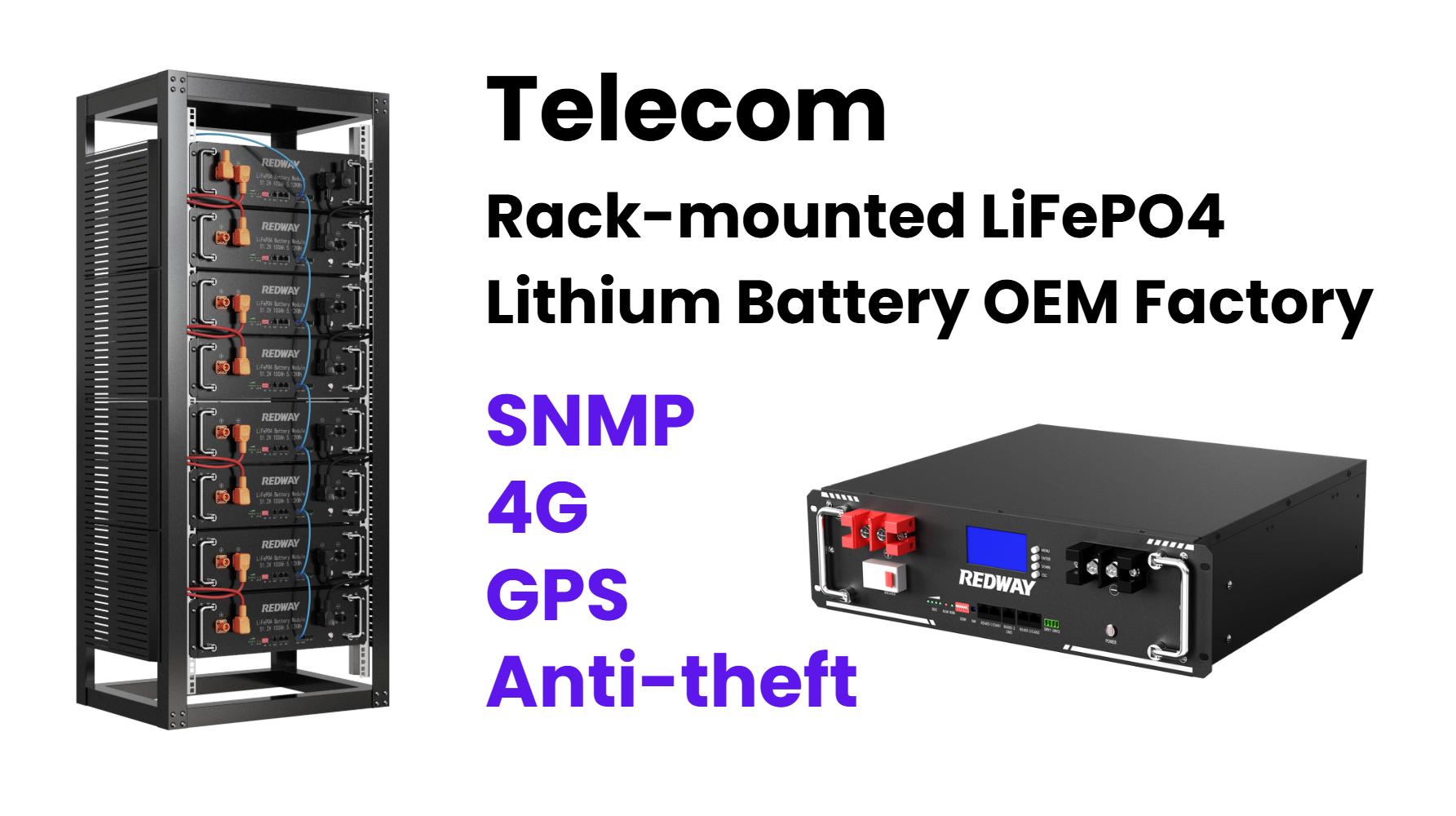Telecommunication equipment relies on durable, high-capacity batteries for uninterrupted power. The best options include valve-regulated lead-acid (VRLA) and lithium-ion batteries, which offer longevity, thermal stability, and minimal maintenance. These batteries ensure network reliability during outages and are chosen based on energy density, lifespan, and environmental adaptability. Proper selection maximizes uptime and reduces operational costs.
How Do Batteries Power Telecommunication Systems?
Batteries provide backup power during grid failures, ensuring continuous operation of cell towers, data centers, and transmission nodes. They store energy during normal operation and discharge it when primary power sources fail, preventing service disruptions. Modern systems prioritize batteries with fast recharge cycles and deep discharge tolerance to handle frequent outages.
What Types of Batteries Are Used in Telecom Equipment?
VRLA (lead-acid) and lithium-ion batteries dominate telecom applications. VRLA batteries are cost-effective and maintenance-free, ideal for stationary setups. Lithium-ion variants offer higher energy density, longer lifespan, and better performance in extreme temperatures. Nickel-based batteries are less common due to higher costs but are used in niche applications requiring ultra-high reliability.
Why Is Battery Capacity Critical for Telecom Networks?
Capacity determines how long equipment can run during outages. Telecom networks require batteries with capacities matching site power demands and outage durations. Undersized batteries risk shutdowns, while oversized ones increase costs. Advanced monitoring systems track capacity degradation to schedule timely replacements and maintain service-level agreements (SLAs).
How Does Temperature Affect Telecom Battery Performance?
High temperatures accelerate chemical reactions, shortening battery lifespan, while low temperatures reduce efficiency. Lithium-ion batteries outperform lead-acid in extreme climates, operating between -20°C to 60°C. Thermal management systems, like climate-controlled enclosures, mitigate temperature effects and prolong battery health in outdoor installations.
What Maintenance Practices Extend Telecom Battery Life?
Regular voltage checks, terminal cleaning, and temperature monitoring prevent premature failure. VRLA batteries need periodic equalization charges to balance cells. Lithium-ion systems require firmware updates and state-of-charge calibration. Predictive analytics tools identify degradation patterns, enabling proactive maintenance and reducing unplanned downtime.
Can Renewable Energy Integrate with Telecom Batteries?
Solar and wind energy systems pair with telecom batteries to create hybrid power solutions. These setups reduce grid dependency and carbon footprints. Lithium-ion batteries are preferred for renewable integration due to their high round-trip efficiency and ability to handle variable charging cycles from intermittent energy sources.
What Are the Environmental Impacts of Telecom Batteries?
Lead-acid batteries pose recycling challenges due to toxic materials, whereas lithium-ion batteries have higher upfront emissions but are 95% recyclable. Regulations like the EU Battery Directive enforce responsible disposal. Telecom operators are adopting closed-loop recycling programs and low-carbon lithium extraction methods to minimize ecological damage.
How Will Future Technologies Reshape Telecom Energy Storage?
Solid-state batteries and graphene-based supercapacitors promise higher energy densities and faster charging. AI-driven energy management systems will optimize discharge cycles based on predictive grid analytics. 5G/6G networks will demand modular, swappable battery designs to support edge computing nodes and micro-data centers with minimal downtime.
Expert Views
“Telecom batteries are evolving from passive backups to active grid assets,” says a Redway Power expert. “Lithium-ion adoption has surged 300% since 2020, driven by falling costs and hybrid energy mandates. Future systems will leverage bidirectional charging, allowing telecom batteries to stabilize local grids during peak demand—transforming them into revenue-generating infrastructure.”
Conclusion
Selecting the right battery for telecommunication equipment involves balancing capacity, environmental resilience, and lifecycle costs. As networks expand into remote areas and adopt renewable energy, advanced battery technologies will become critical for maintaining global connectivity while meeting sustainability goals.
FAQs
How Often Should Telecom Batteries Be Replaced?
VRLA batteries typically last 3-5 years, while lithium-ion variants endure 8-10 years. Replacement intervals depend on usage cycles, temperature exposure, and capacity retention metrics.
Are Lithium Batteries Safer Than Lead-Acid for Telecom Use?
Modern lithium batteries include built-in battery management systems (BMS) that prevent overheating and overcharging, making them safer than traditional lead-acid units in properly engineered enclosures.
What Certifications Are Required for Telecom Batteries?
Key certifications include UL 1973 (stationary storage), IEC 62619 (safety), and Telcordia GR-3153 (telecom-specific performance). Regional standards like CE and FCC apply for electromagnetic compliance.




